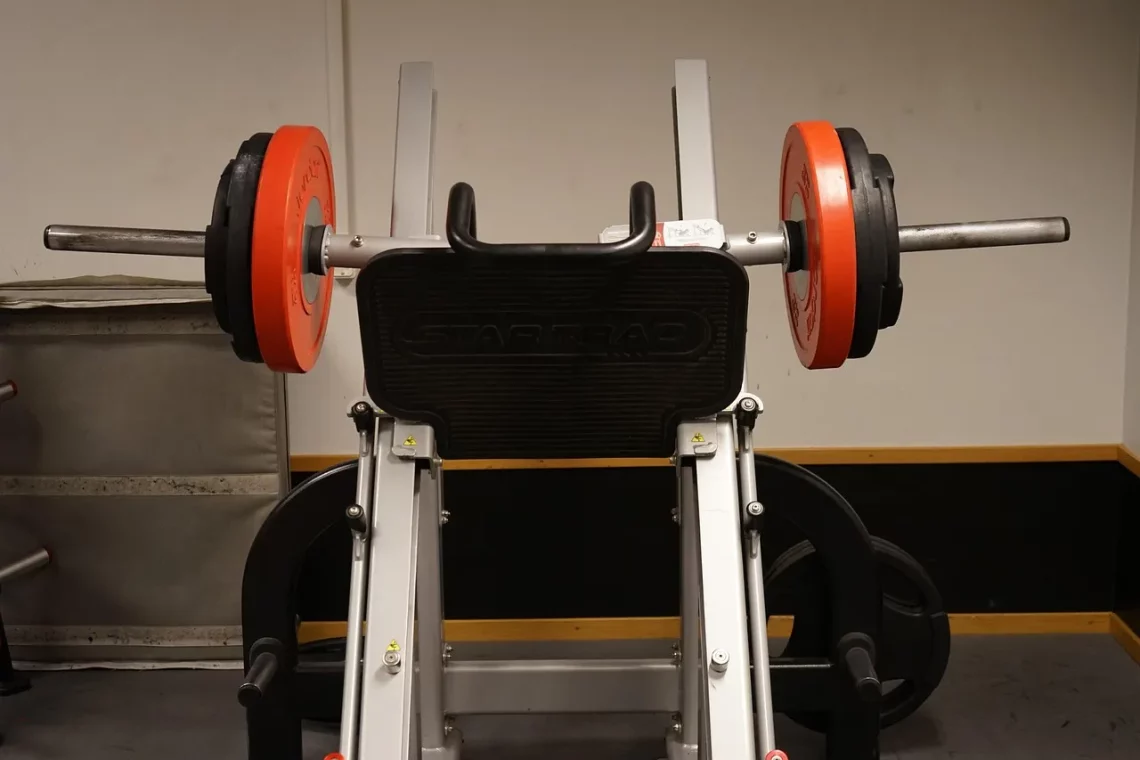
Effective Cable Leg Workouts for Stronger, Sculpted Legs
Leg workouts are an essential component of any fitness regimen, as they contribute significantly to overall strength, stability, and endurance. Many people often underestimate the importance of strong legs, focusing instead on upper body workouts or cardio exercises. However, robust legs not only enhance athletic performance but also play a crucial role in daily activities, from walking and running to climbing stairs and lifting heavy objects.
Incorporating cable exercises into your leg workout routine can bring about remarkable improvements in muscle tone and strength. Cable machines offer a unique advantage by providing constant resistance throughout the range of motion, which helps to engage the muscles more effectively than traditional free weights. The versatility of cable machines allows for a wide variety of exercises targeting different muscle groups, making them a valuable addition to any gym.
Moreover, cable leg workouts can be tailored to suit individual fitness levels, making them accessible for beginners and challenging enough for experienced athletes. Whether your goal is to build muscle, improve endurance, or sculpt your legs, cable exercises can help you achieve that. With the right approach and dedication, you can transform your legs into a powerhouse of strength and aesthetics.
Understanding Cable Machines and Their Benefits
Cable machines are versatile pieces of equipment commonly found in gyms. They consist of a pulley system that allows users to perform a wide range of exercises with varying resistance levels. The primary advantage of using cable machines for leg workouts is the constant tension they provide on the muscles throughout the entire movement. This continuous resistance can lead to better muscle activation and growth compared to traditional free weights, where the tension can vary.
One of the significant benefits of cable machines is their adaptability. Users can easily adjust the height and angle of the cables, making it possible to target specific muscle groups effectively. Whether it’s the quadriceps, hamstrings, glutes, or calves, cable machines allow for targeted workouts that can enhance muscle symmetry and balance.
Additionally, cable machines promote proper form and technique. The guided movement helps users maintain stability, reducing the risk of injury often associated with free weights, especially for those new to strength training. This makes cable workouts an excellent option for beginners looking to establish a solid foundation while also allowing advanced athletes to refine their skills and increase resistance.
Another significant advantage is the functional strength gained through cable workouts. Many cable exercises mimic real-life movements, which can enhance athletic performance and improve daily activities. By integrating cable leg workouts into your routine, you can develop not just strength but also agility and coordination.
Overall, the versatility, safety, and effectiveness of cable machines make them an excellent choice for anyone looking to enhance their leg workouts.
Key Cable Exercises for Leg Development
When it comes to building stronger, sculpted legs, several cable exercises stand out as particularly effective. Among them, the cable squat, cable leg curl, and cable lunges are three staples that can provide significant benefits. Each of these exercises targets different muscle groups, ensuring a well-rounded leg workout.
The cable squat is a fantastic compound movement that engages multiple muscle groups, including the quadriceps, hamstrings, and glutes. To perform this exercise, attach a cable handle to the lowest pulley setting. Stand facing the machine, grasp the handle with both hands, and pull it towards your chest. With your feet shoulder-width apart, lower your body into a squat while keeping your chest up and back straight. This motion not only strengthens your legs but also promotes core stability.
Next, the cable leg curl primarily targets the hamstrings, making it an essential exercise for balanced leg development. To perform a cable leg curl, attach an ankle strap to the low pulley and adjust the weight. Stand facing away from the machine, securing the strap around your ankle. Slowly curl your heel towards your glutes while keeping your upper body stationary. This movement isolates the hamstrings, creating better muscle definition and strength.
Lastly, cable lunges are an excellent exercise for building strength and stability in your legs. To perform this exercise, attach a cable handle to the low pulley and stand facing away from the machine. Hold the handle in one hand, step forward with one leg, and lower your body into a lunge position. This exercise engages the quadriceps, hamstrings, and glutes while also enhancing your core strength and balance.
Incorporating these cable exercises into your leg workout routine can lead to significant improvements in muscle strength and aesthetics. As with any exercise, maintaining proper form is crucial to prevent injuries and maximize results.
Creating a Comprehensive Cable Leg Workout Routine
Designing an effective cable leg workout routine requires a thoughtful approach that balances intensity, volume, and recovery. A well-structured routine will target all major muscle groups in the legs, ensuring balanced development and preventing overuse injuries.
Start by determining your fitness level and goals. If you are a beginner, aim for two to three sessions per week, while more advanced individuals can benefit from three to four sessions. Each workout should begin with a thorough warm-up to prepare your muscles and joints for the exercises ahead. Dynamic stretches and light cardio can be effective in getting your heart rate up and enhancing flexibility.
Once warmed up, focus on incorporating a mix of compound and isolation exercises. A sample routine might include cable squats, cable leg curls, and cable lunges as discussed previously. Additionally, consider adding exercises like cable kickbacks and cable side lunges to further engage the glutes and inner thigh muscles.
Aim for three to four sets of each exercise, with 10 to 15 repetitions per set. Adjust the weight according to your fitness level, ensuring that the last few reps challenge you without compromising your form. It’s essential to rest for 30 to 60 seconds between sets to allow for adequate recovery.
Finally, don’t overlook the importance of cooldown and stretching after your workout. This helps with muscle recovery and flexibility, reducing the risk of soreness and injury. Incorporating foam rolling can also aid in recovery and improve overall muscle function.
By creating a structured and varied cable leg workout routine, you’ll be on your way to achieving stronger, more sculpted legs in no time.
Tips for Maximizing Your Cable Leg Workouts
To truly maximize the effectiveness of your cable leg workouts, consider implementing several practical tips that can enhance your performance and results. These tips can help you stay motivated, ensure proper form, and promote muscle growth.
First, focus on your form. Proper technique is crucial in preventing injuries and ensuring that you are effectively targeting the intended muscle groups. Take the time to learn the correct movement patterns for each exercise, and consider seeking guidance from a fitness professional if you’re unsure.
Secondly, progressively increase the resistance as you become stronger. This principle of progressive overload is essential for muscle growth. Small increments in weight can make a significant difference over time, leading to continued strength gains. However, ensure that you can maintain proper form even as you increase the resistance.
Incorporating variety into your workouts is also vital. The body adapts to repetitive movements, which can lead to plateaus in strength and muscle gains. Change up your exercises, the order in which you perform them, or the number of sets and reps to keep your workouts fresh and challenging.
Nutrition plays an essential role in supporting your workout goals. Ensure you are consuming a balanced diet rich in protein, healthy fats, and carbohydrates to fuel your workouts and aid in recovery. Staying hydrated is also crucial; aim to drink plenty of water before, during, and after your workouts.
Lastly, listen to your body. Rest and recovery are as important as the workouts themselves. If you feel fatigued or experience any pain, do not hesitate to take a break or consult a professional.
By following these tips, you can enhance your cable leg workouts and achieve the strong, sculpted legs you desire.
**Disclaimer:** This article is for informational purposes only and does not constitute medical advice. Always consult with a healthcare professional before starting any new exercise program, especially if you have any pre-existing health conditions.




